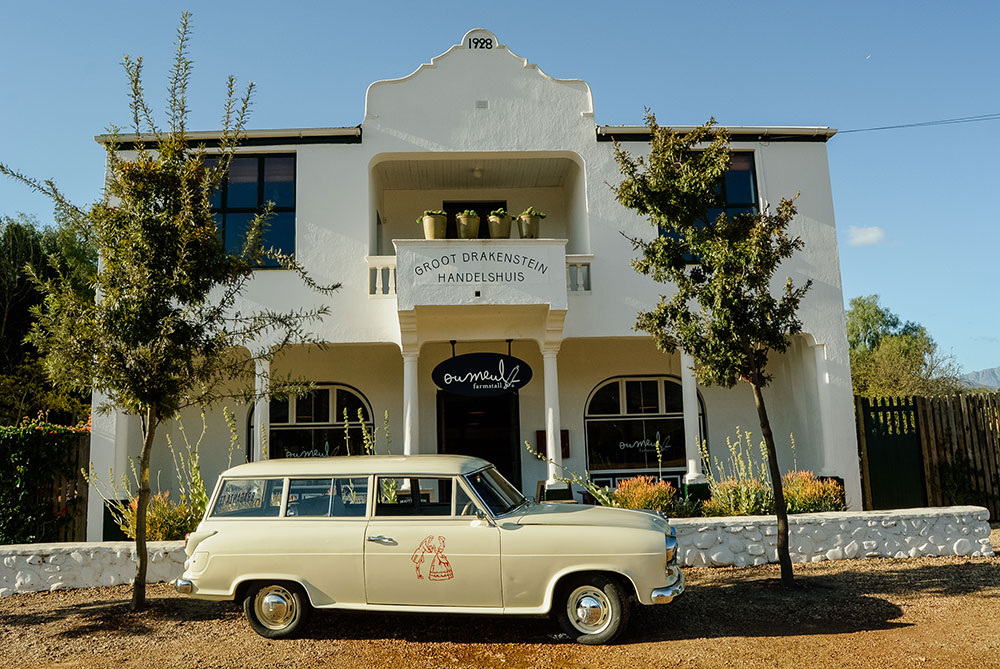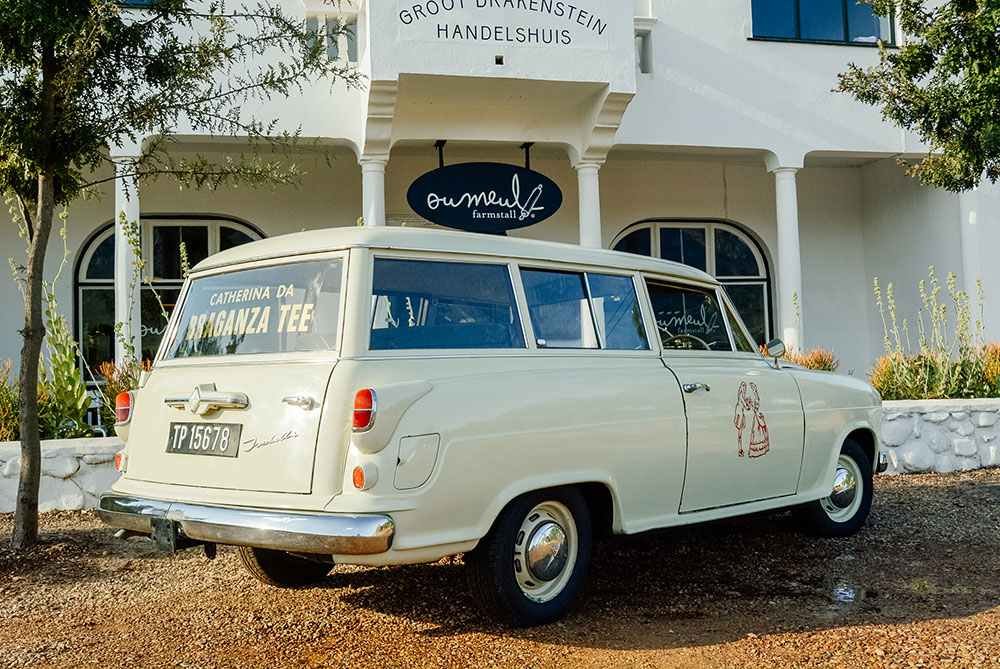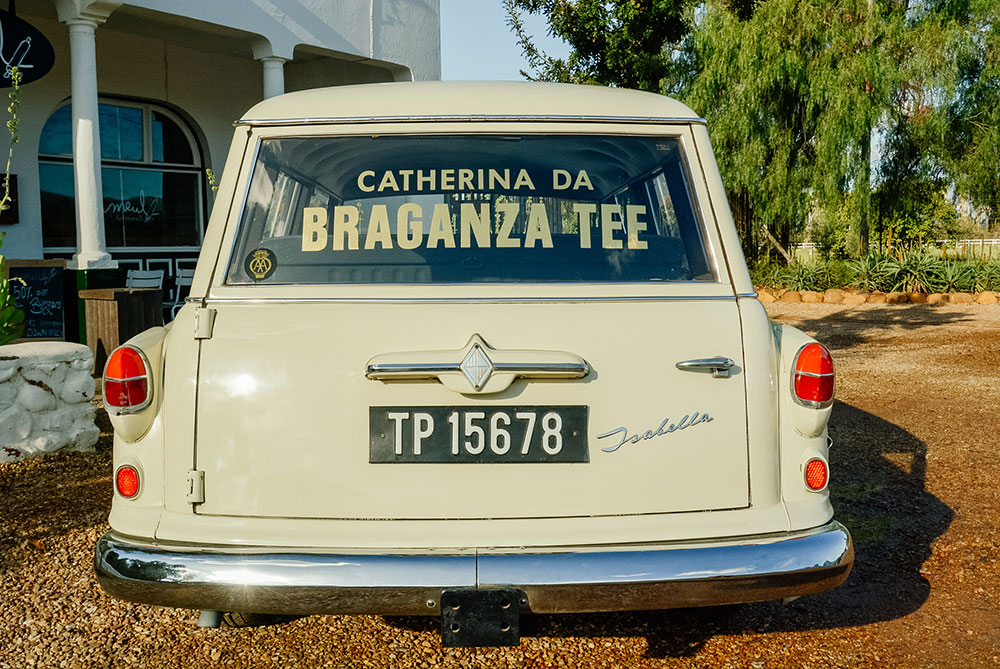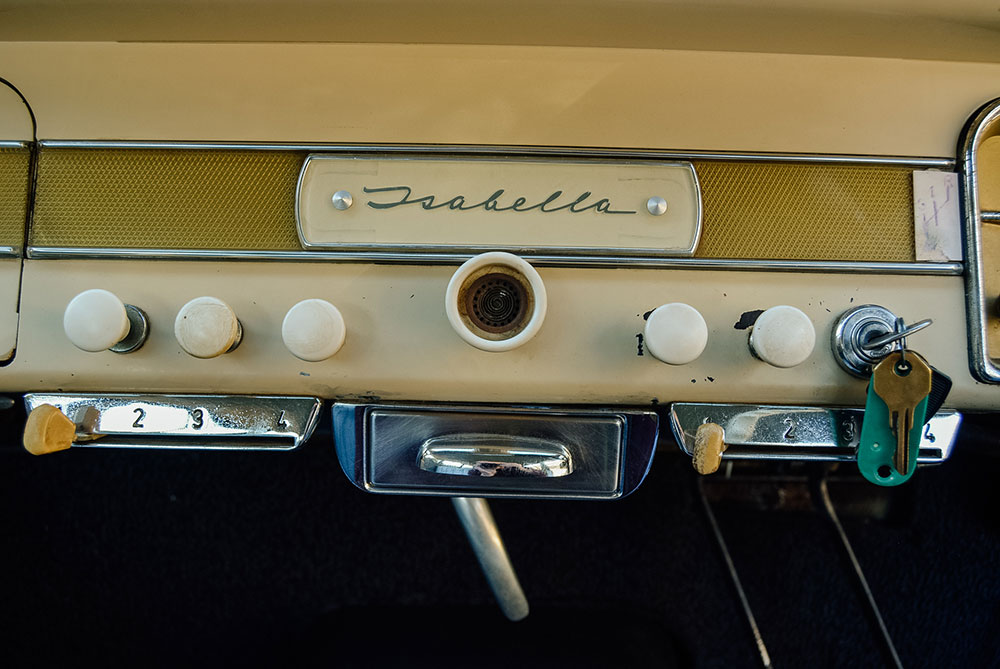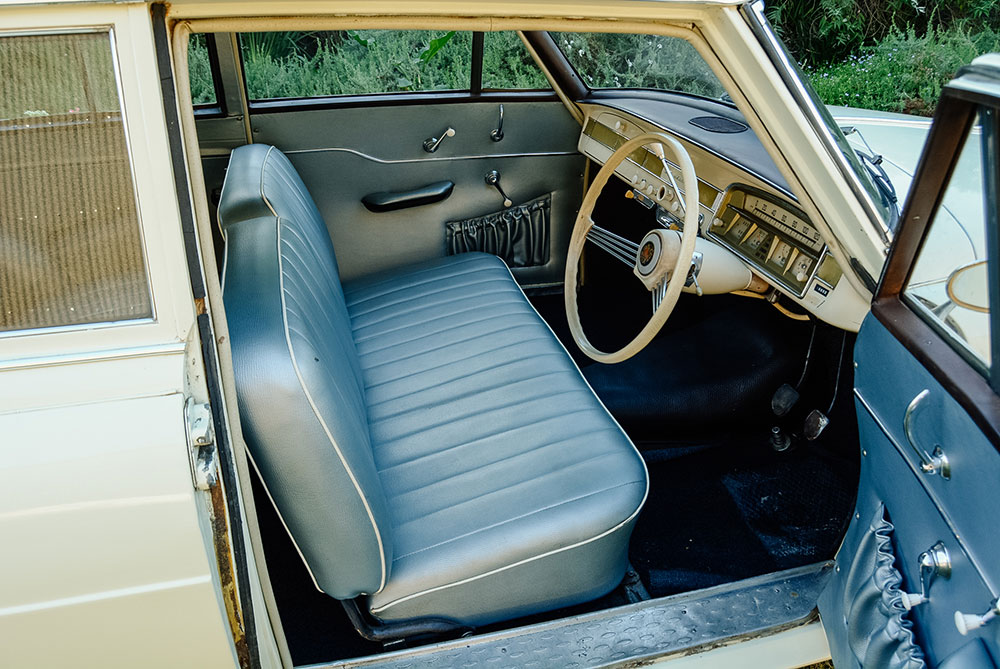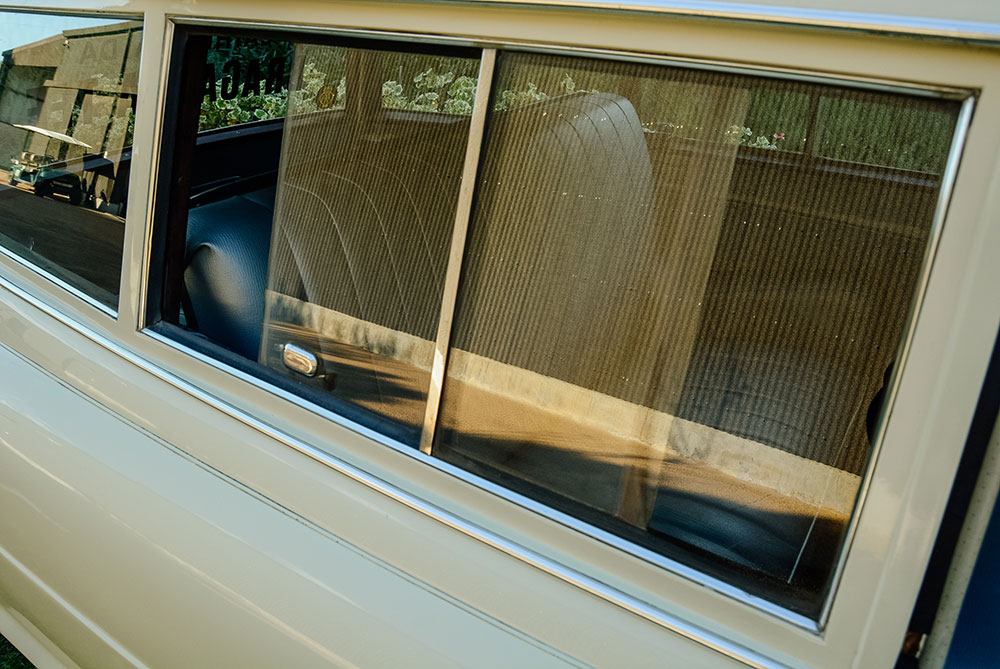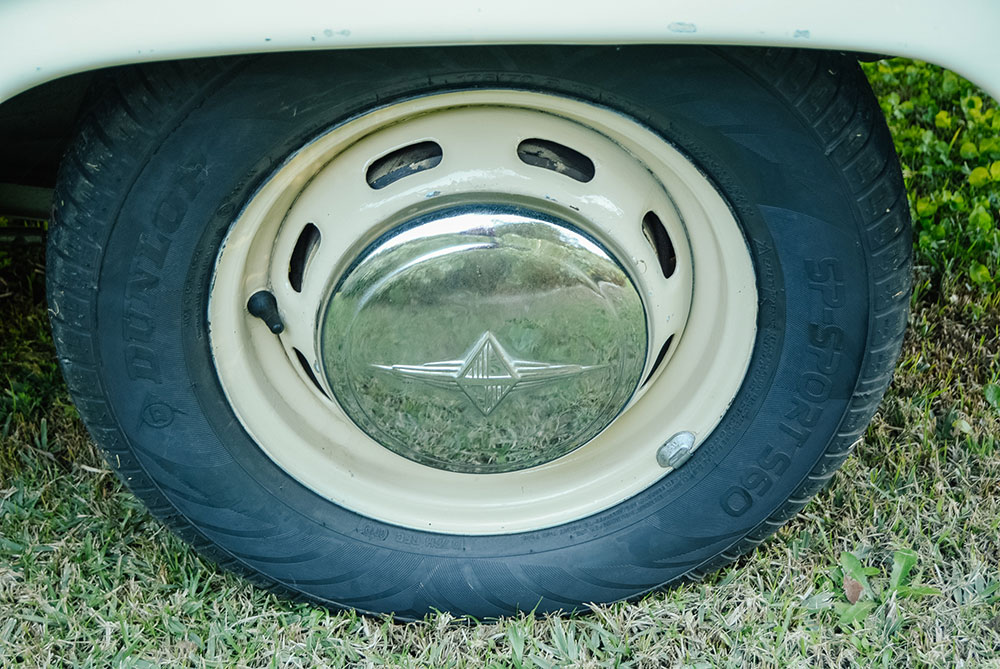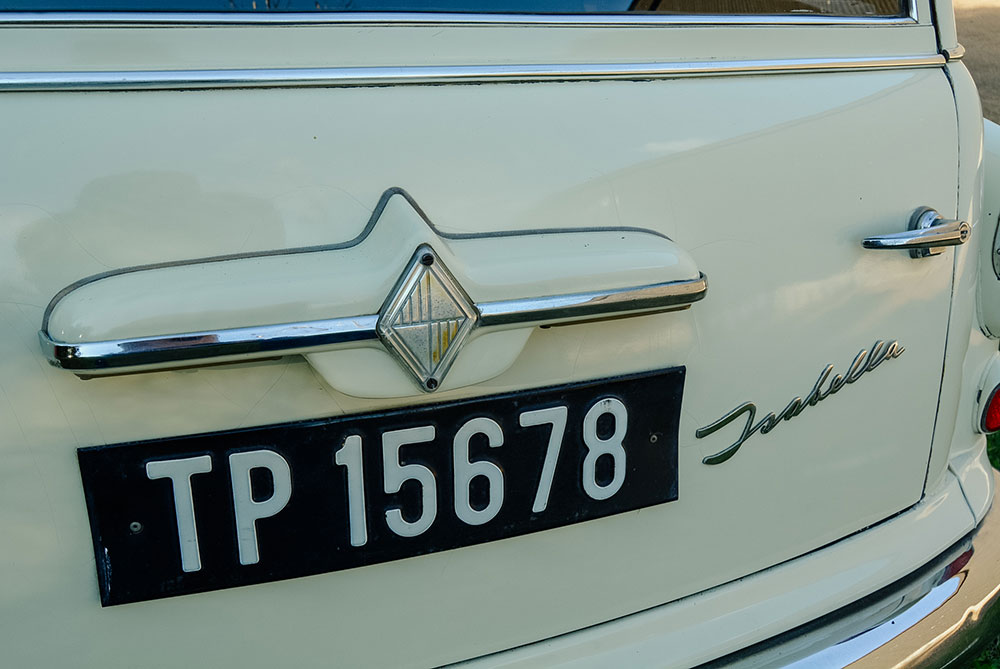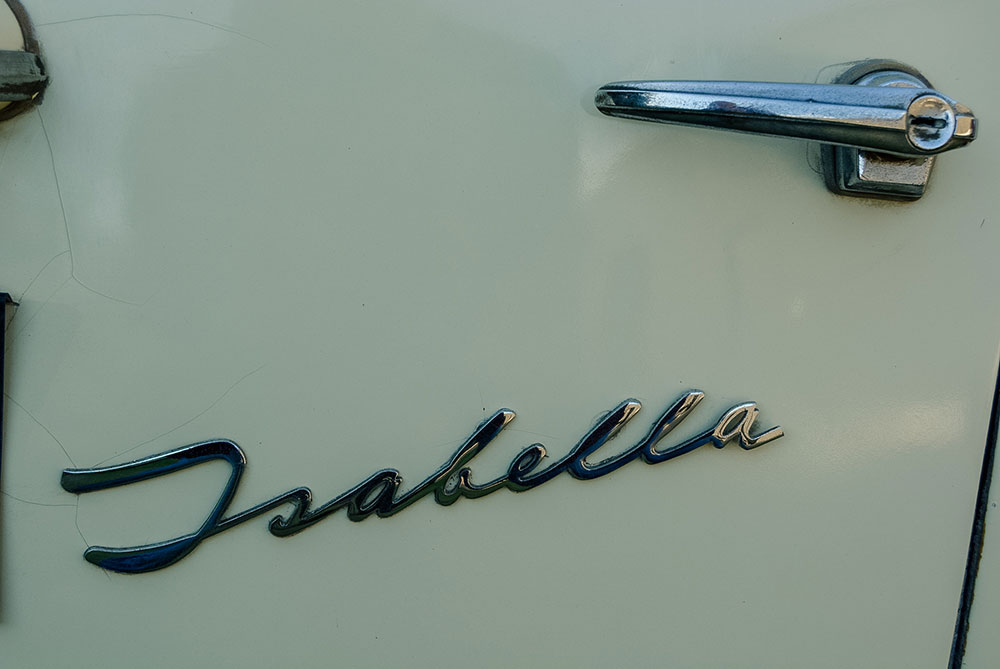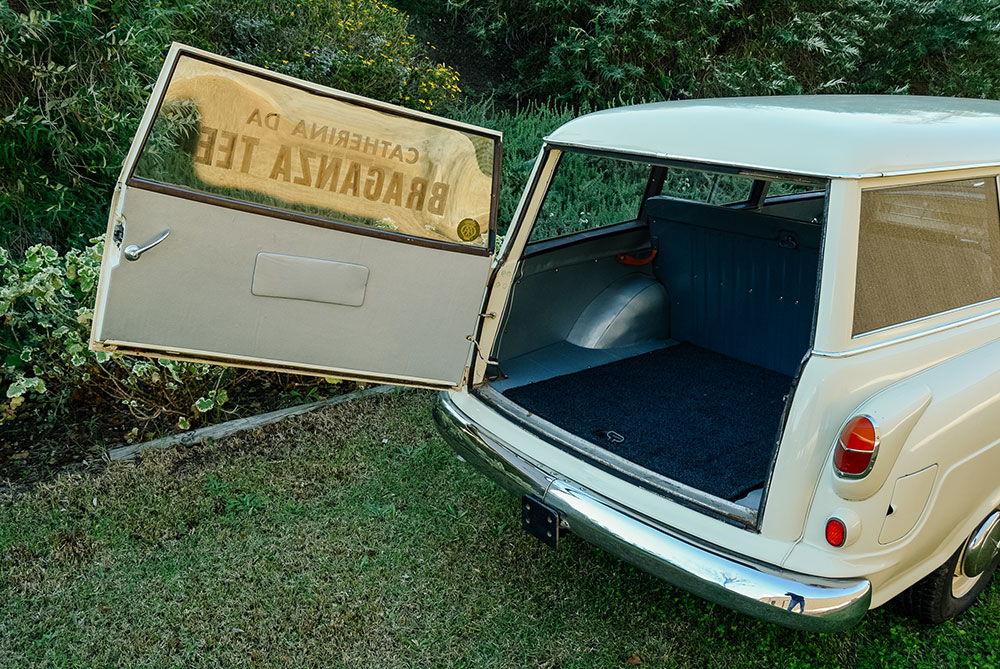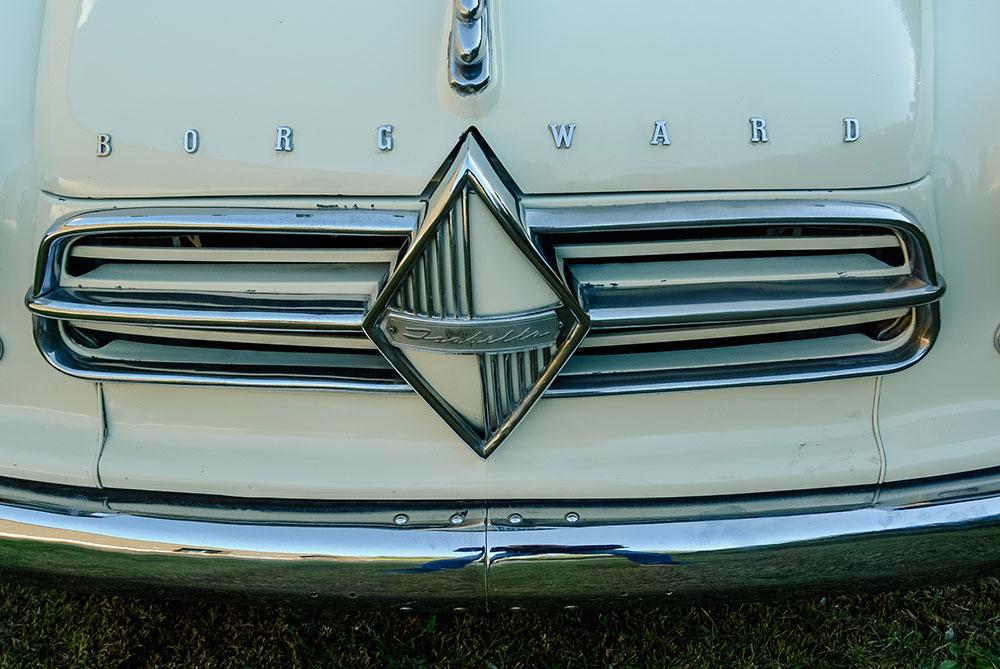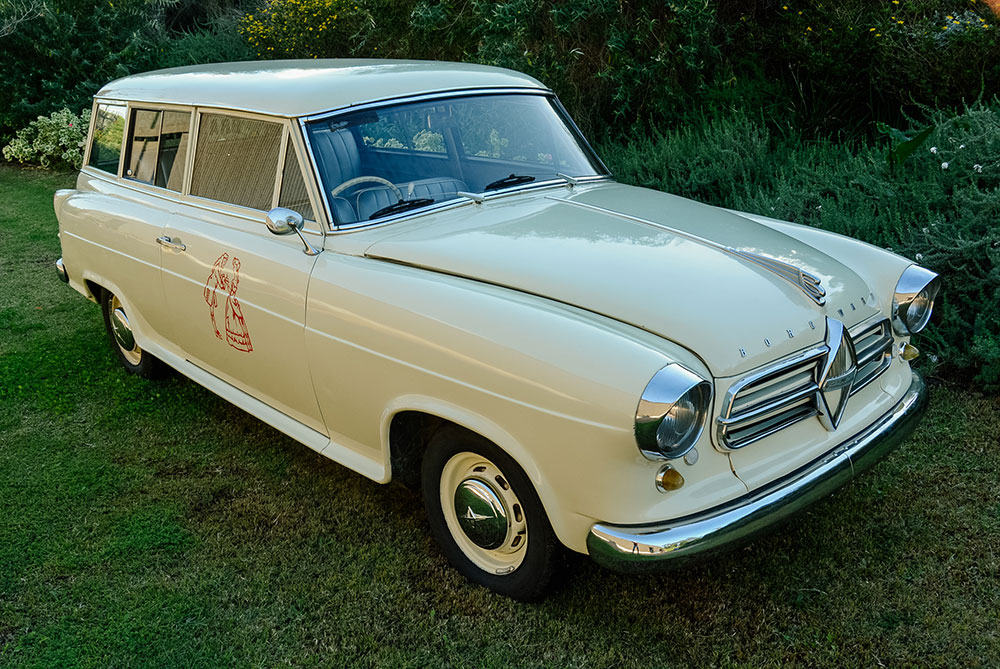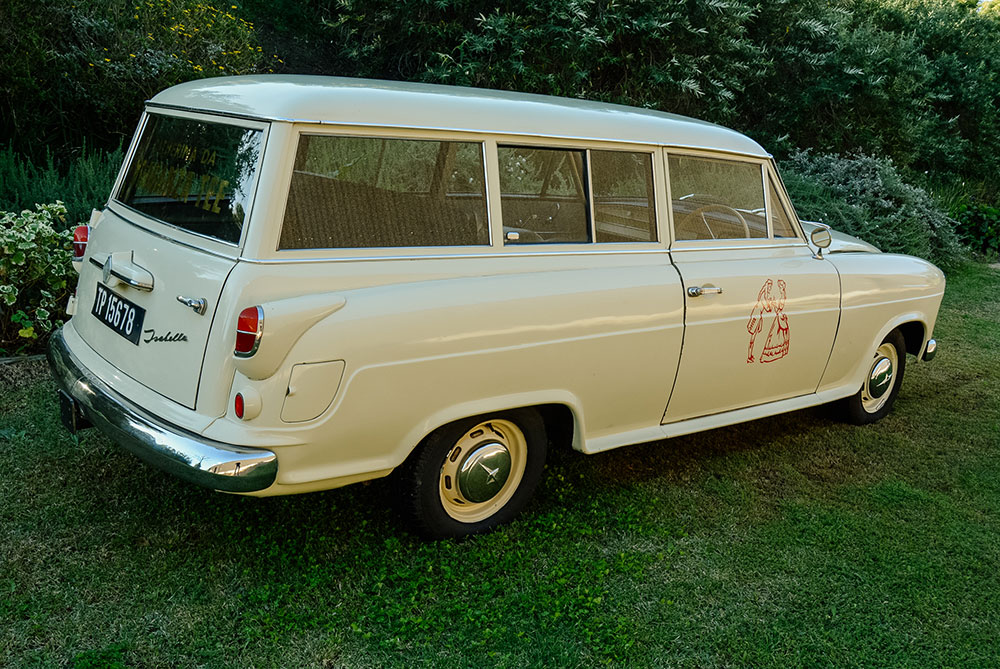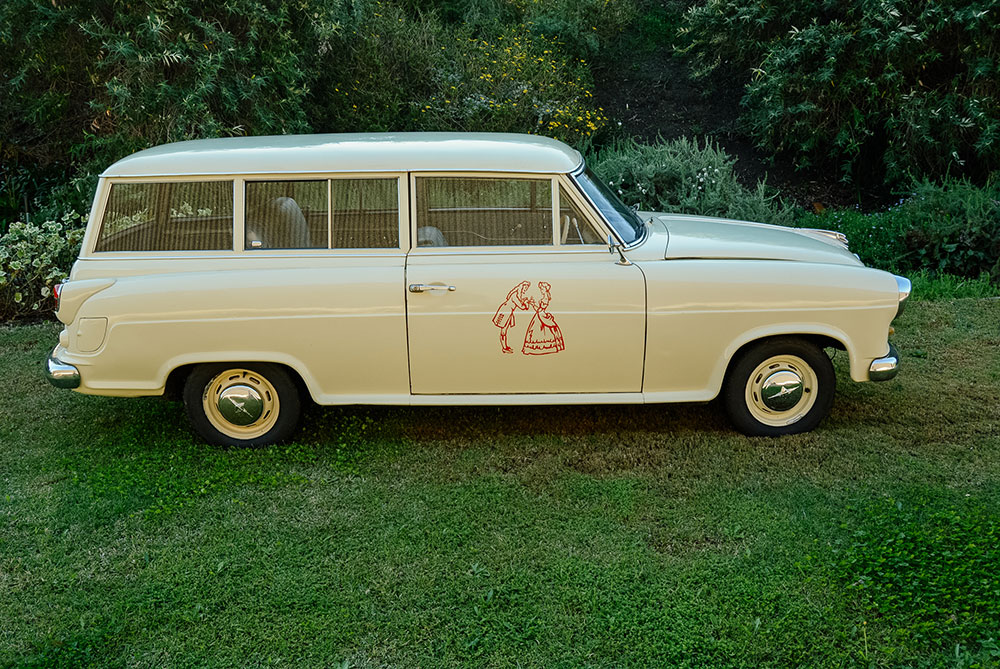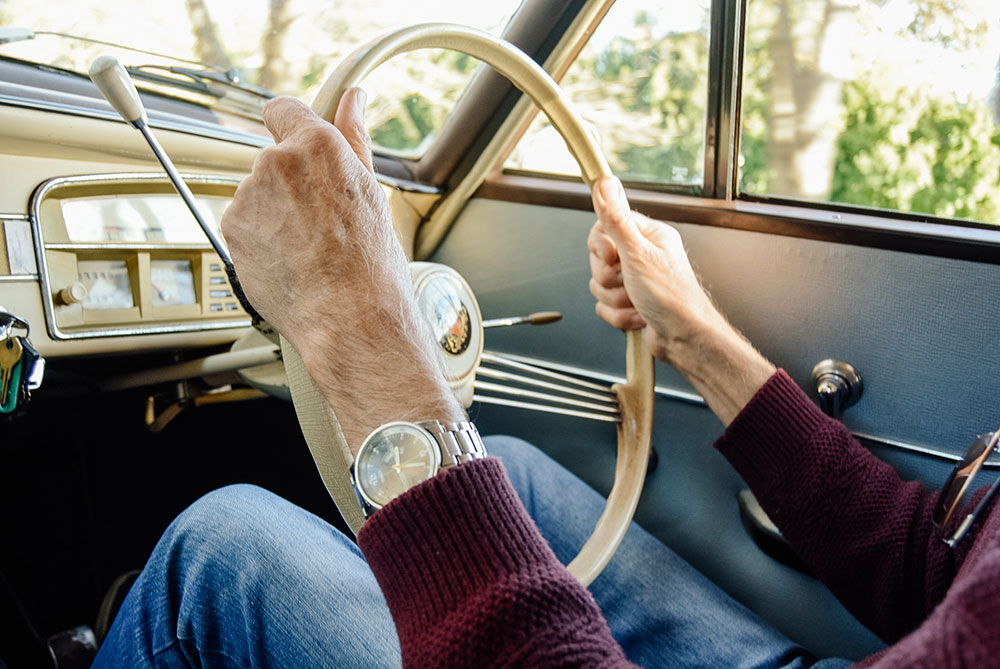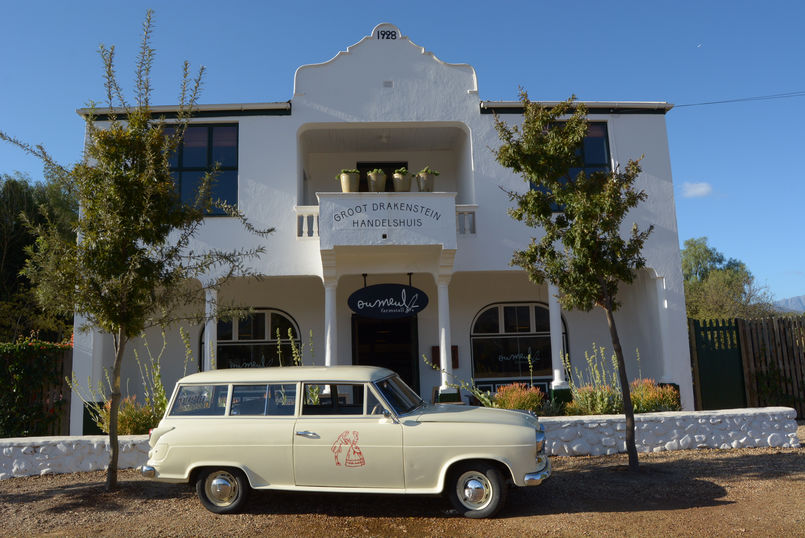
31 Oct Collection in action: Borgward Isabella Combi
Tea time! Mike Monk drives a Combi with C with a cup of local brew…
There is a charisma about Borgward that belies its short but interesting history. Based in Bremen, Germany, the company was founded by Carl Friedrich Wilhelm Borgward (1890-1963) and the name was first applied to a car in 1939. Prior to this, Carl’s first car was the Goliath Blitzkarren (lightning cart), a tiny three-wheeled delivery vehicle with a 2 hp (1,5 kW) engine, which appeared in 1924 and became very successful. In 1929, he became the director of Hansa Lloyd AG having been able to merge his Goliath-Werke Borgward & Co with Hansa-Lloyd, and various vehicles were produced under these brand names. In 1946 Carl founded three separate companies, Borgward, Goliath and Lloyd, and the first model to be primarily branded as a Borgward was the 2000 that was launched in 1939.
But the model that made Borgward famous was the Isabella, which appeared in 1954. In standard and Deluxe specification, the Isabella had a four-cylinder, in-line, 1 493 cm3 overhead valve engine and with a single Solex down-draught carburettor and a 6,8:1 compression ratio, and it produced 60 bhp (44,7 kW) at 4 700 r/min. With two-way acceleration control and working through a hydraulic clutch and four-speed all-synchromesh gearbox, 0-60 mph (96 km/h) took 19,5 seconds and the top speed was 82 mph (132 km/h). Fuel consumption was given as 33 mpg (8,6 litres/100 km).
Suspension was conventional wishbones and coil springs with an anti-roll bar up front and a hypoid gear swing-axle with coil springs at the rear. Hydraulic drum brakes were fitted all round. Steering was by rack and pinion, standard steel wheels were shod with 5.90×13 tyres and the turning circle – 3¾ turns lock to lock – was listed as being ‘about 11 metres’. Unladen weight was given as 1 115 kg.
The monocoque, stylish, two-door Isabella was well received and 11 150 were sold in its first year, despite being more expensive than equivalent models from Ford and Opel – and suffering some teething problems. A spacious, airy, comfortable cabin together with performance and braking were acknowledged plus points.
In May 1955 a station wagon version was introduced, called Combi. Why Combi and not the German Kombi spelling? According to Borgward historian Marius Venz, Borgward considered it a more catchy spelling; after all, unlike the regular German spelling, his name was Carl and not Karl, and his children were named Monica (not Monika) and Claus (not Klaus), so he dared to be different…
Because it was a general purpose load carrier, the Combi was fitted with heavier duty springs, and only one – basic – spec level was available. Advertised as being ‘2 Cars in One’, in private transport mode the Combi could easily accommodate five adults and their luggage while in commercial guise, with the rear seat folded flat (the spare wheel was housed under the floor) it had a loading capacity of 1 000 lbs (454 kg) and 2,5 cubic yards (1,9 m3) of load space. The rear opening is virtually square, measuring an impressive 1 090 mm wide at loading height. An unusual feature at the time was the side-hinged tailgate but which is naturally set for left-hand drive markets, hampering pavement loading and off-loading in right-hand drive markets. A top-hinged tailgate was introduced in 1962.
Station wagons were not as popular in the 1950s as they have been in recent years, and many of the limited number of Combis that were produced were exported, particularly to America and Australia. Consequently, they have become sought after among Borgward and classic car enthusiasts in general. Even rarer are the panel van and pick-up versions, the latter being sold in South Africa.
FMM’s original Combi is a rare version of a Borgward and it is an amazingly simple yet attractive (64-year-old) design. The front end is distinctive with its bold Borgward diamond centre-piece, but apart from a stylised chrome bonnet strip and a gently sloping rear fender line with neat tail-light pods, the lines are relatively square, which pays dividends in space and practicality.
It is much the same inside. The bench front seat (which could take three people) has a split, tipping backrest to allow access to the rear seat, while the large glasshouse and slim pillars add to the feeling of spaciousness. Although a base-spec vehicle, the instrument cluster surprises by including a clock. A quirky detail is that the side window quarter-vents are operated by a lever in the door panel that could easily be mistaken for the door opening lever.
On the road, the Combi drives well. The power and torque of the engine provide relaxed progress that is perhaps just as well, because despite the all-synchro ’box, the shift action is a tad slow and clumsy. The steering on this unrestored car proved a bit vague in a straight line but it drove through corners without fuss, as contemporary road tests claimed. Unladen, the ride is firm thanks to the stiffer springs, but it is easy to imagine the car being driven around the country going about its business with confidence, occasionally stopping for a tea break…
The Isabella was Borgward’s most popular model and it was exported to several markets, including Australia, New Zealand and South Africa. It remained in production for the life of the company, which ceased operations in 1961 following controversial insolvency proceedings, although sales continued into 1962.
TEA BREAK
Adorning this particular Borgward’s doors and tailgate glass are logos and a reference to ‘Catherina da Braganza Tee’. During the 75th annual congress of the Women’s Agricultural Association of the Cape held in September 2004 an address was read out from Dr Anton Rupert (he was unable to attend himself due to ill-health), which stated that back in the early-’50s, he recognised that “women were increasingly found in the front line where things are being done”. His belief in the power of women was well known, and this motivated him to establish a company with an all-women management team and board. This company was known as the Eerste Nasionale Tee een Koffiefabrieke (First National Tea and Coffee Factory Limited), and its first products were Braganza tea and Frisco coffee.
This Borgward was most likely one of the rep’s vehicles, but not Catherina’s; her connection goes much further back in history. She was born in 1638, the second surviving daughter of a Portuguese nobleman John, 8th Duke of Braganza, who later became his country’s King. Catherina went on to marry Britain’s King Charles II and became Queen consort of England, Scotland and Ireland. However, although she led a troubled life, Catherina is credited with popularising, if not, in fact, introducing, the British to drinking tea, so leaving a lasting legacy when she passed away in 1705.
